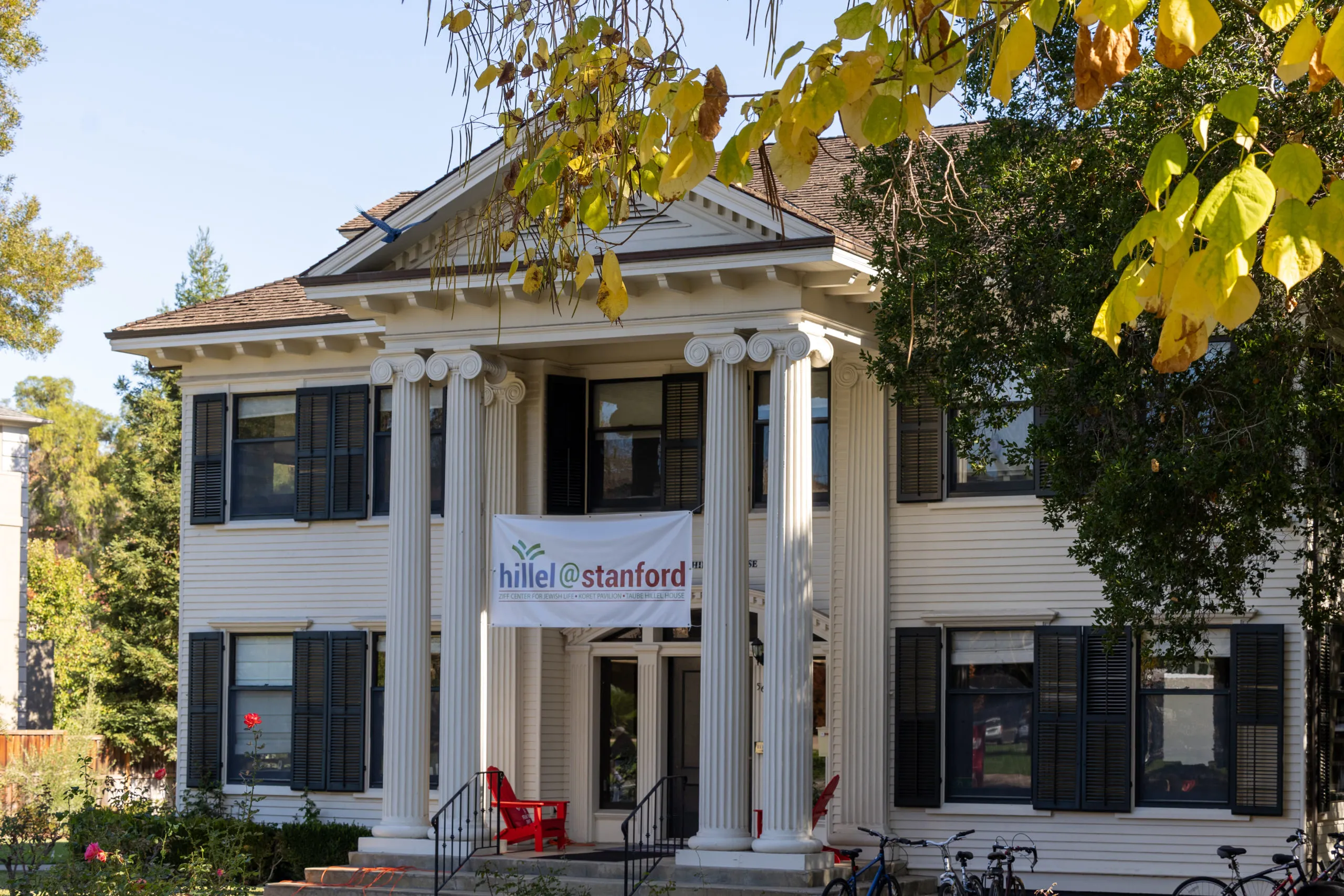Stanford President Marc Tessier-Lavigne has convened an advisory task force on the history of Jewish admissions and experience at Stanford, according to a Jan. 11 announcement. The group will investigate the alleged use of quotas for Jewish applicants used by the University admissions office in the mid-twentieth century and will make recommendations on creating opportunities for current students to craft a vibrant Jewish life on campus.
The task force’s charge mentions allegations of a quota of Jewish students admitted in the 1950s and 1960s in an August blog post by Charles Petersen, who was conducting research in the University archives when he discovered documents that he claims reveal this policy.
Ari Y. Kelman, who is a Stanford associate professor of Religious Studies, serves as chair of the task force. Ten additional members serve on the task force, including faculty, staff, alumni, undergraduate and graduate students.
Members “were selected to draw on expertise and perspectives from across the university community,” the Stanford Report stated. In addition to researching past admission policies for Jewish students, the task force is charged with “making recommendations about how to enhance Jewish life on campus.”
After impartial examination of the facts and history of Stanford’s admissions process, the task force will “recommend steps to address any findings,” wrote University spokesperson E.J. Miranda in a statement to The Daily. Members are instructed “to be open to multiple perspectives and represent the best interests of the entire university,” Miranda wrote.
Petersen said he discovered documents detailing the University’s exclusion of Jewish applicants while conducting research on the wider topic of American meritocracy, including its impacts on higher education and admissions at elite universities. Stanford is an “intersection” of these phenomena, he said in an interview with The Daily.
Petersen expressed hopes for “serious work” from the University’s task force, as he said that evidence was not difficult to find in his research process. He also said it was “shocking” that Stanford had not formally investigated claims of a Jewish admissions quota before.
Petersen encouraged task force members to research and speak with the Jewish students who were on campus in the 1950s and 1960s. However, as he said, the task force likely cannot do the same with those who the policies most affected: the rejected Jewish applicants.
Petersen expected to find evidence of a Jewish quota at Stanford in the 1920s, mirroring that of other prestigious, contemporary postsecondary institutions during this decade. “I assumed they would do that,” despite the fact that “Stanford was famous for opposing racism in the early 20th century, even while its president was a eugenicist,” he said.
Petersen did not find evidence of a Jewish quota at Stanford in the 1920s, perhaps due to the fact that there were relatively low populations of Jewish Americans in the American West, he said. However, he did find “appalling and disappointing” evidence of University administrators seeking to limit the number of Jewish students a few decades later. A 1953 letter written to former University President J.E. Wallace Sterling by aide Frederic Glover described then-Dean of Admissions Rick Snyder’s plan to limit admission of Jewish applicants.
Glover expressed Snyder’s perspective that the admissions department might need to “disregard our stated policy of paying no attention to the race or religion of applicants” in order to avoid “a flood of Jewish applications.”
Petersen described his shock at finding the letter in the archives, as he had previously “bought the lie” that no such quota existed at Stanford, at least in the mid-twentieth century. After his discovery, he said that other materials about Jewish life at Stanford in the 1950s and 60s “appeared in a new light.” Historical accusations of anti-semitism within the Stanford administration appeared more substantive, Petersen said.
For Petersen, evidence of a Jewish quota evidence is merely the “tip of the iceberg” of Stanford’s “general record of white supremacy and racial exclusion.” While his research exposed just one instance of discriminatory admissions policies, he hopes that the task force’s work will focus not only on the Jewish quota, but on seeking remedy for all “historical injustices.” Only through this reconciliation with the past can a “revisioning and reconstructing” occur in the hopes of “creating a more egalitarian university.”
Rabbi Jessica Kirschner at Stanford Hillel echoed Petersen’s hopes that the task force’s work would contribute towards a more diverse and equitable culture at Stanford. “I don’t know whether there was a formal quota or not, but a full accounting of history is always valuable and will no doubt inform the work of addressing contemporary issues,” Kirschner wrote to The Daily.
Kirschner said it was also essential to “expand the frame in which we approach diversity, equity and inclusion training to account for complex identities.” A complaint filed by two Jewish Counseling and Psychological Services counselors at the University with the U.S. Equal Employment Opportunity Commission and the California Department of Fair Employment and Housing last year alleged a hostile environment for Jews created through Stanford’s diversity, equity and inclusion program.
Reflecting on the current and historical challenges faced by Jewish students, staff and faculty, Kirschner wrote that “antisemitism is a strange and deep problem; there are no quick or easy fixes. But individual and institutional growth are both possible, and it is one of the deepest values in Jewish life to never lose hope, and to never stop working to make this a better world.”
